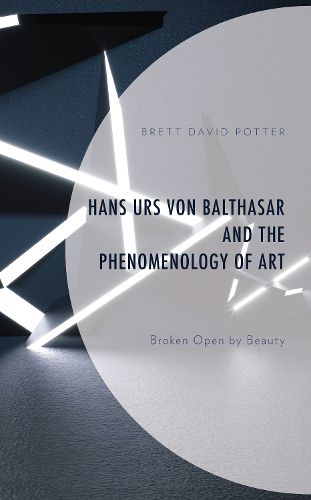Readings Newsletter
Become a Readings Member to make your shopping experience even easier.
Sign in or sign up for free!
You’re not far away from qualifying for FREE standard shipping within Australia
You’ve qualified for FREE standard shipping within Australia
The cart is loading…






The work of the influential Jesuit theologian Hans Urs von Balthasar (1905-1988) has become a common point of reference in discussing the relationship of theology and the arts. However, the full significance of his theological aesthetics for both the emerging field of theology and the arts, as well as for interdisciplinary conversation with contemporary art and theory, remains to be unfolded. This book explores the ways in which Balthasar’s theo-aesthetics, when taken together with his theological dramatics and theo-logic, yield a theologically informed phenomenology of the work of art with rich implications for contemporary theologies of art. By investigating the nature and disclosure of beauty and being through art, Balthasar’s theological re-reading of Heidegger, his theo-dramatic relation of all forms to Christ, and his phenomenology of truth, Balthasar’s philosophical and theological insights into the nature of art are presented as a resource for a constructive theology of art which springs from the depths of his theological aesthetics.
$9.00 standard shipping within Australia
FREE standard shipping within Australia for orders over $100.00
Express & International shipping calculated at checkout
The work of the influential Jesuit theologian Hans Urs von Balthasar (1905-1988) has become a common point of reference in discussing the relationship of theology and the arts. However, the full significance of his theological aesthetics for both the emerging field of theology and the arts, as well as for interdisciplinary conversation with contemporary art and theory, remains to be unfolded. This book explores the ways in which Balthasar’s theo-aesthetics, when taken together with his theological dramatics and theo-logic, yield a theologically informed phenomenology of the work of art with rich implications for contemporary theologies of art. By investigating the nature and disclosure of beauty and being through art, Balthasar’s theological re-reading of Heidegger, his theo-dramatic relation of all forms to Christ, and his phenomenology of truth, Balthasar’s philosophical and theological insights into the nature of art are presented as a resource for a constructive theology of art which springs from the depths of his theological aesthetics.